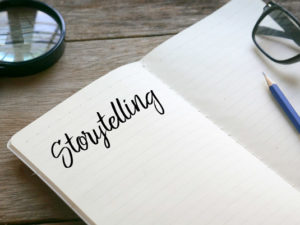
Plot vs. Character in Storytelling
Have you ever struggled with a story idea only to give up because it seems like every plot has already been done? Maybe you focus on character development to make up for a weak or formulaic plot. Or maybe you focus on plot, only to end up with characters that feel flat, stereotypical, or unsympathetic. Some stories…Read More

Fiction Writing Prompts for Every Genre
Today I’d like to share a selection of fiction writing prompts from my book, 1200 Creative Writing Prompts, which includes 500 fiction prompts plus prompts for writing poetry and creative nonfiction. Writing prompts are ideal when you’re feeling uninspired because they provide you with ideas for your writing sessions and projects. But prompts are also…Read More
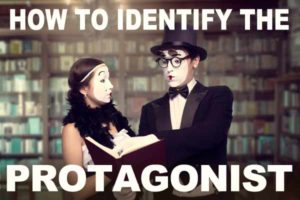
How to Identify the Protagonist in a Story
This post contains affiliate links that earn commissions from qualifying purchases. In most stories, the protagonist is obvious: Harry Potter, Lisbeth Salander, and Katniss Everdeen are unquestionably the protagonists of their respective stories. But sometimes the protagonist isn’t so obvious. In some cases, a false protagonist is planted to intentionally mislead the audience, but the…Read More

Futuristic Inspiration for Speculative Fiction
How would people in the Middle Ages respond to a television? What would someone from the 1700s think of a helicopter? What would a person from the early twentieth century think of a computer, or more specifically, the internet? They would think these things were magical — either illusions or genuine supernatural occurrences. They might…Read More

What is a Story Concept?
Today’s post includes excerpts from What’s the Story? Building Blocks for Fiction Writing, chapter eleven: “Concept, Premise, and Loglines.” Enjoy! Most audiences are first introduced to stories as concepts, premises, or loglines. These are hooks used for pitching and marketing; they draw people’s attention, get them interested in a story, and compel them to buy it….Read More
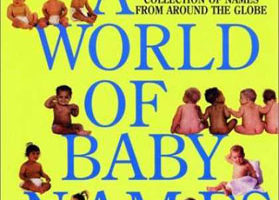
Writing Resources for Naming Your Characters
This post contains affiliate links that earn commissions from qualifying purchases. Have you ever read one of those epic fantasy novels in which the magical characters can gain total control over any living being simply by discovering their real and true name? I’ve read about ten of those novels. What do you think is more…Read More

Narrative Techniques for Storytellers
Today’s post includes excerpts from What’s the Story? Building Blocks for Fiction Writing, chapter ten: “Literary Devices and Narrative Techniques.” Enjoy! Writers use literary devices to convey or illustrate thoughts, ideas, and images or to strengthen their prose. Narrative techniques are a subset of literary devices that are specifically used in narrative writing. Both literary devices…Read More
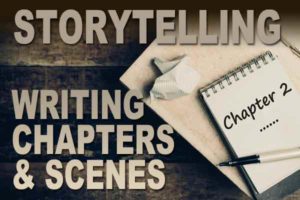
Storytelling: Writing Chapters and Scenes
Today’s post includes excerpts from What’s the Story? Building Blocks for Fiction Writing, chapter nine: “Chapters, Scenes, and Sequences.” Enjoy! Chapters, scenes, and sequences are structural units of storytelling. These are the basic blocks of a story that contain all other elements, from characters, plot, and setting to action, dialogue, and description. Chapters are units within…Read More

Writing Description in Fiction
Today’s post includes excerpts from What’s the Story? Building Blocks for Fiction Writing, chapter eight: “Description and Exposition.” Enjoy! Without description, readers wouldn’t be able to visualize what’s happening in a story. We need to see the setting and the characters. Because there are no visuals in prose, writers must use words to describe a…Read More
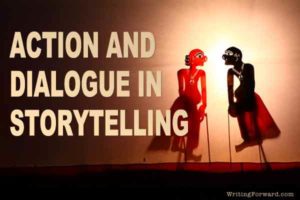
Action and Dialogue in Storytelling
Today’s post is an excerpt from What’s the Story? Building Blocks for Fiction Writing, chapter seven: “Action and Dialogue.” Enjoy! Action and dialogue are the wheels that carry a story forward. The easiest way to imagine action and dialogue in written narrative is to think of a movie. When characters onscreen do things, that’s action….Read More



